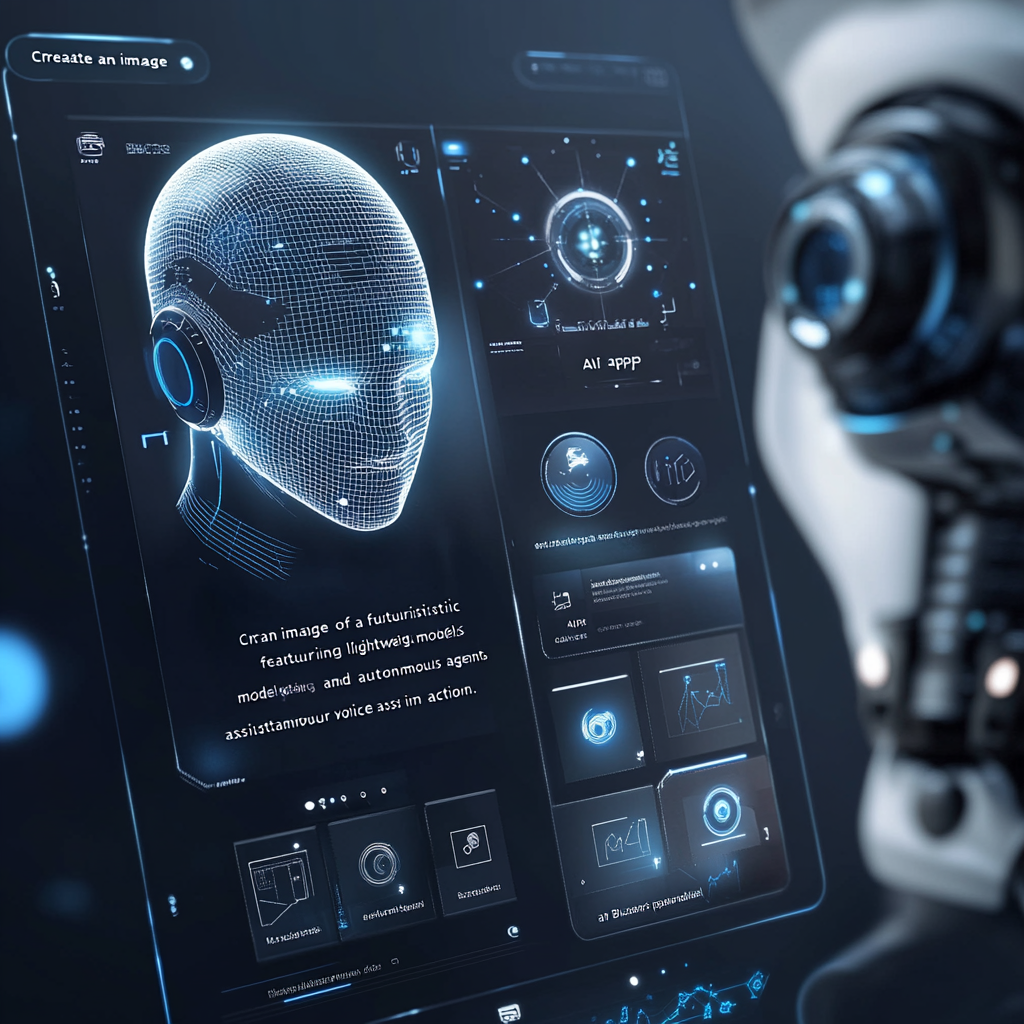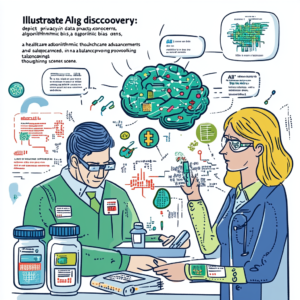
Exploring AI App Development: Lightweight Models, Autonomous Agents, and a Blazor-Powered Voice Assistant
Steve Sanderson: Revolutionizing AI in App Development
Let’s paint a vivid picture, shall we? Imagine a world where artificial intelligence isn’t merely some distant promise packed behind walls of CPU and GPU resources but rather hangs out as an integral part of our daily applications; a companion, if you will, smoothing the edges of our digital lives. This is the brave new vision being sculpted by none other than Steve Sanderson, the mastermind behind Blazor. His recent preview at the NDC London 2025 conference is stirring the pot of .NET application development with the infusion of small AI models and autonomous agents. And let’s not forget the pièce de résistance: a unique Blazor voice assistant. If that doesn’t sound like the future knocking, I don’t know what does!
Small AI Models: The Future of Accessibility and Efficiency
We’ve all heard the buzz around large language models, haven’t we? Those colossal beasts like GPT-4 strutting their stuff with astonishing human-like fluency. But let's be real for a second—these power-hungry giants come with an unavoidable Catch-22: hefty computing resources. For most developers, this translates into a painful reality check that often leaves them out in the cold. Enter small language models (SLMs), striding onto the scene like the underdogs ready to change the game. These compact yet capable models pack a punch without the hefty price tag of cloud services hitting you like a rogue wave.
Picture this: Microsoft’s Phi-3 models, deftly designed to be the cost-effective and energy-efficient heroes we didn’t know we needed. Running smoothly on smartphones and edge computing platforms, SLMs are the driving force behind accessibility in the AI landscape. It's like bringing a personal assistant into your pocket without the burden of a skyscraper-sized server.
Uses of Small Language Models
Let’s break it down into bite-sized morsels. Here are some tantalizing ways SLMs are shaping our tech landscape:
-
Mobile Applications: With SLMs in the mix, offline functionalities are not just fiction anymore. We’re talking natural language processing, text summarization, and chatbots rising from the ashes of cloud dependence.
-
Web Applications: Say goodbye to lagging interactions! SLMs are turbocharging web applications with real-time language functions, automatic suggestions, and sentiment analysis on the fly.
-
IoT Devices: Want personalized assistance on your favorite smart device without the weight of the cloud dragging you down? SLMs are stepping in to enhance voice recognition and make tech feel oh-so-huggable and responsive.
Autonomous Agents: The Next Leap in AI-Driven Development
Now let’s dish about agentic AI. It sounds super fancy, but what it boils down to is this—autonomous systems that can take the reins and perform tasks without needing a constant nudge from us mere mortals. Forget single-prompt responses; we’re in a world where these intelligent agents can call functions, gather context, and evolve toward solutions all on their own.
Imagine a savvy software upgrade agent that does its homework on framework updates, suggests necessary changes, and even proposes code modifications—like having a digital butler who anticipates your every need. It's not futurology; it's the horizon of development. Buckle up!
Blazor Voice Assistant: A Demonstration of Future Capabilities
Now, let’s sprinkle some AI magic into the Blazor universe. Sanderson unveiled a Blazor voice assistant that’s not just a cool party trick but a genuine demonstration of what seamless AI integration looks like in .NET applications. Imagine developers being able to amp up user experiences without diving headfirst into the turbulent waters of AI programming complexities. It’s a technological symphony where everyone can play their part.
Conclusion and Future of AI Development
As we stand at the precipice of AI evolution, the marriage of small models and autonomous agents is about to redefine our application development landscape in ways we can hardly fathom. Tools like Microsoft's Smart Components intermingling with the prowess of small language models mean that the lofty barriers hampering entry into AI-driven development are crumbling. More developers can enthusiastically leap into innovation no matter their background, creating applications with creativity and efficiency that will shape our digital future.
So, if the theatre of technology is awaiting the next act, it’s ushered in by none other than our forward-thinking innovators like Sanderson. As we step into this exciting chapter of tech advancement, you’ll want to cling to every bit of news and insight available.
Want to stay up to date with the latest news on neural networks and automation? Subscribe to our Telegram channel: @ethicadvizor.
Get ready, world—change is just around the corner!

